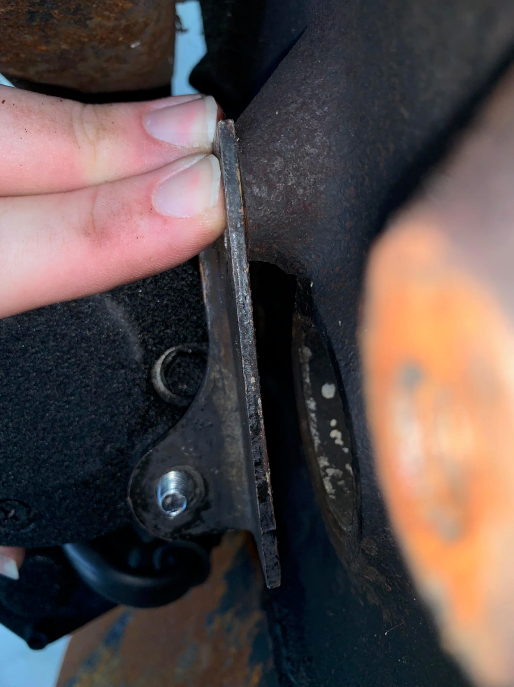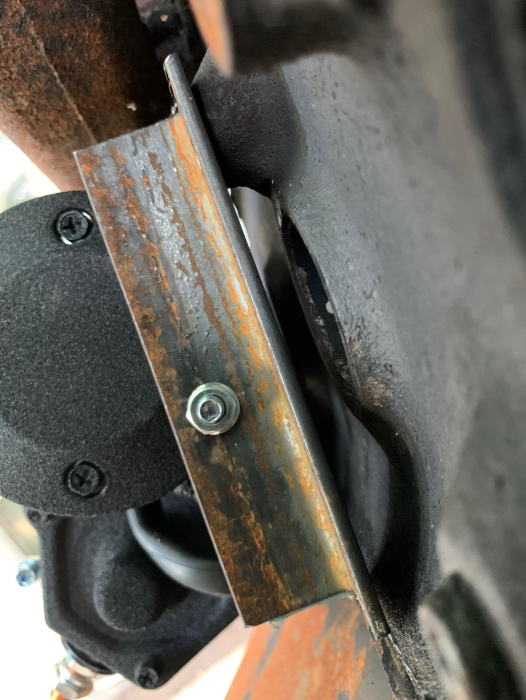jrsavoie
Recruit
I actually have a few of those. Just saw two yesterdayYou could try the racecar trick with the Ford solenoid .
Follow along with the video below to see how to install our site as a web app on your home screen.
Note: This feature may not be available in some browsers.
I actually have a few of those. Just saw two yesterdayYou could try the racecar trick with the Ford solenoid .


Not flanged is what I have.I used nord locks on mine, but the bolt heads were flanged head so a washer wasn't needed. the last set of GM bolts I bought were this way, lately I have seen the same GM starter bolt that was not flanged.
Some factory bolts had washerhead or the dealership was selling repackaged bolts many years ago.Chris has it right on threads- medium strength (no heat required) liquid loctite.
The factory bolts should NOT have a shoulder on them (built in washer).
It uses a separate flat washer.
Yes I would swap the factory flat washer for the nordlocks. Remember one nordlock washer is comprised of two pieces and direction they fit together is critical.
The flanged bolts I have are old. They've been around a long time. Might be from when I be first changed the starter on the 1989.the bolts I had bought from my local GM dealer were not gold ether. they were nickle plated silver and had a flange head, no washer and knurled behind the threads. might have been GM old stock since they had to be ordered. came in the usual GM box one bolt per box. I guess it would depend on where they were made as I have heard a lot of folks are saying delco parts are now made in china.
Should I install an inline fuse ahead of the relay on the incoming power wire?Here... I found one that uses the 4 pin, put if using a 5 pin just don't connect anything to the center pin.
View attachment 84485
ThanksYou can, it never hurts anything to have some safety in there! if you have the relay mounted up by the power distro block on the firewall, you can get away with a simple inline fuse holder just crimp the eyelet right to one end of the fuse holder and solder/heatshrink the other end to the main lead going into the relay.